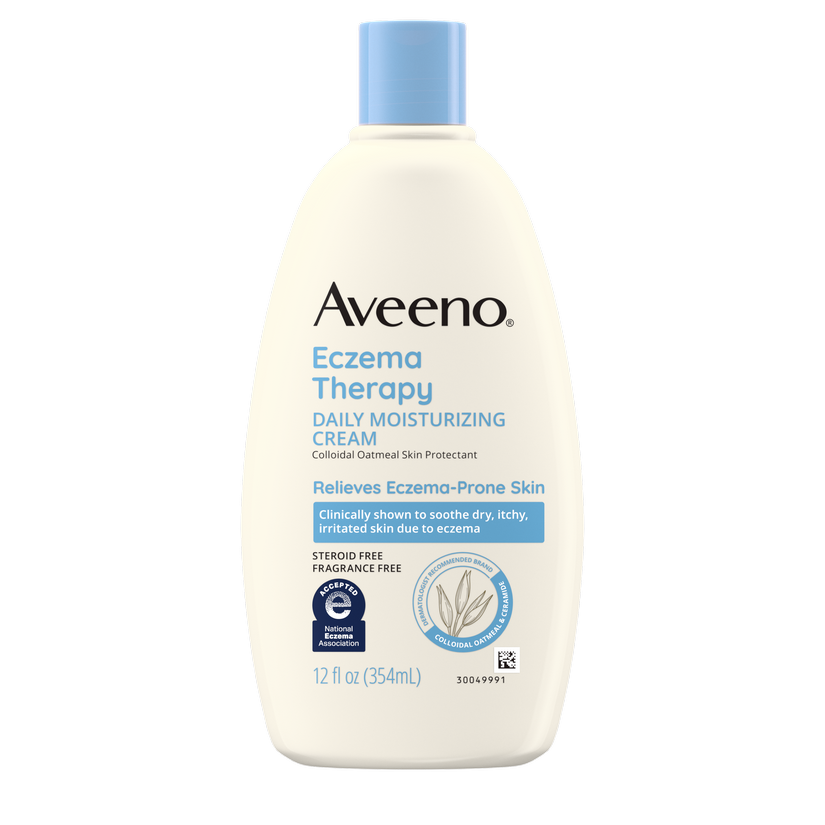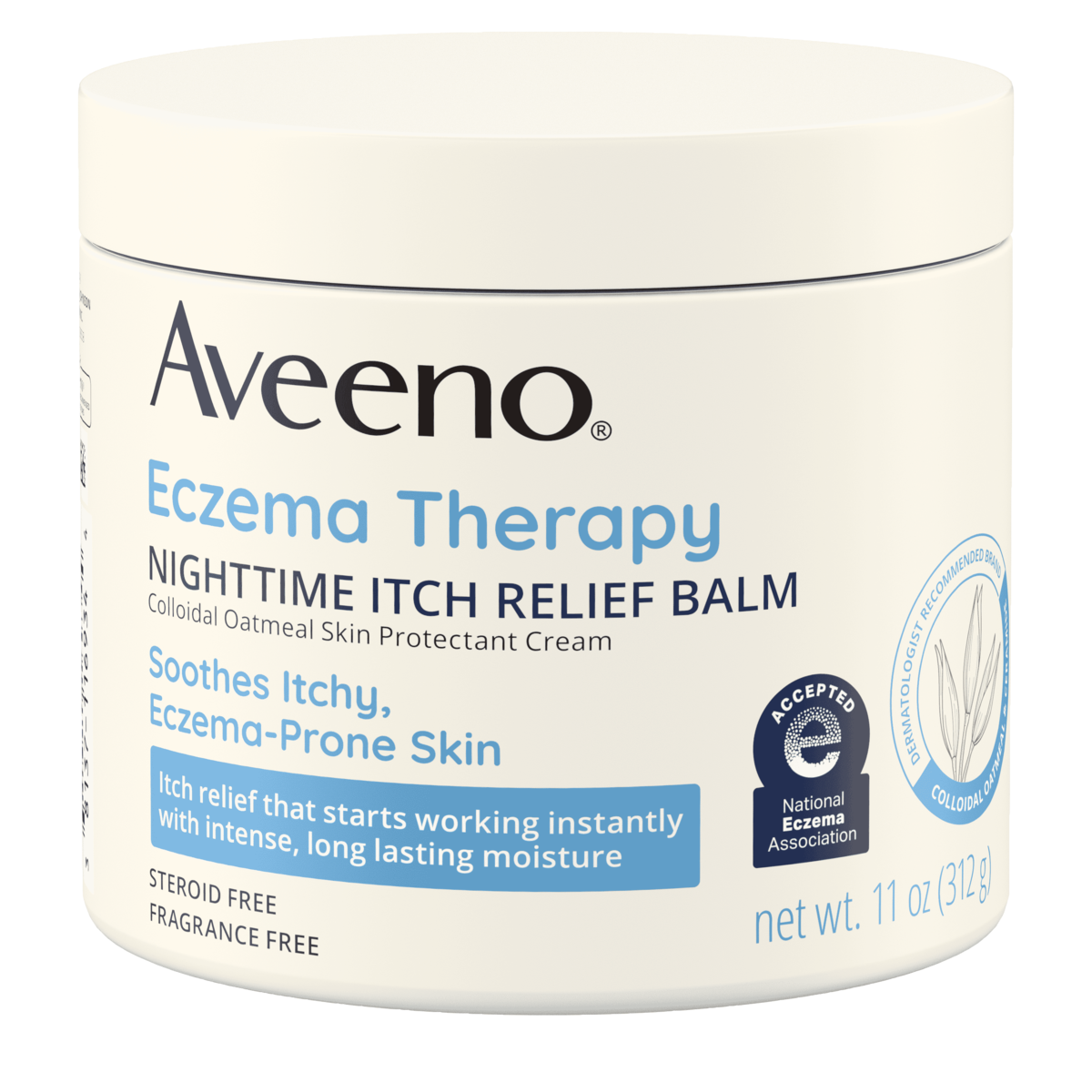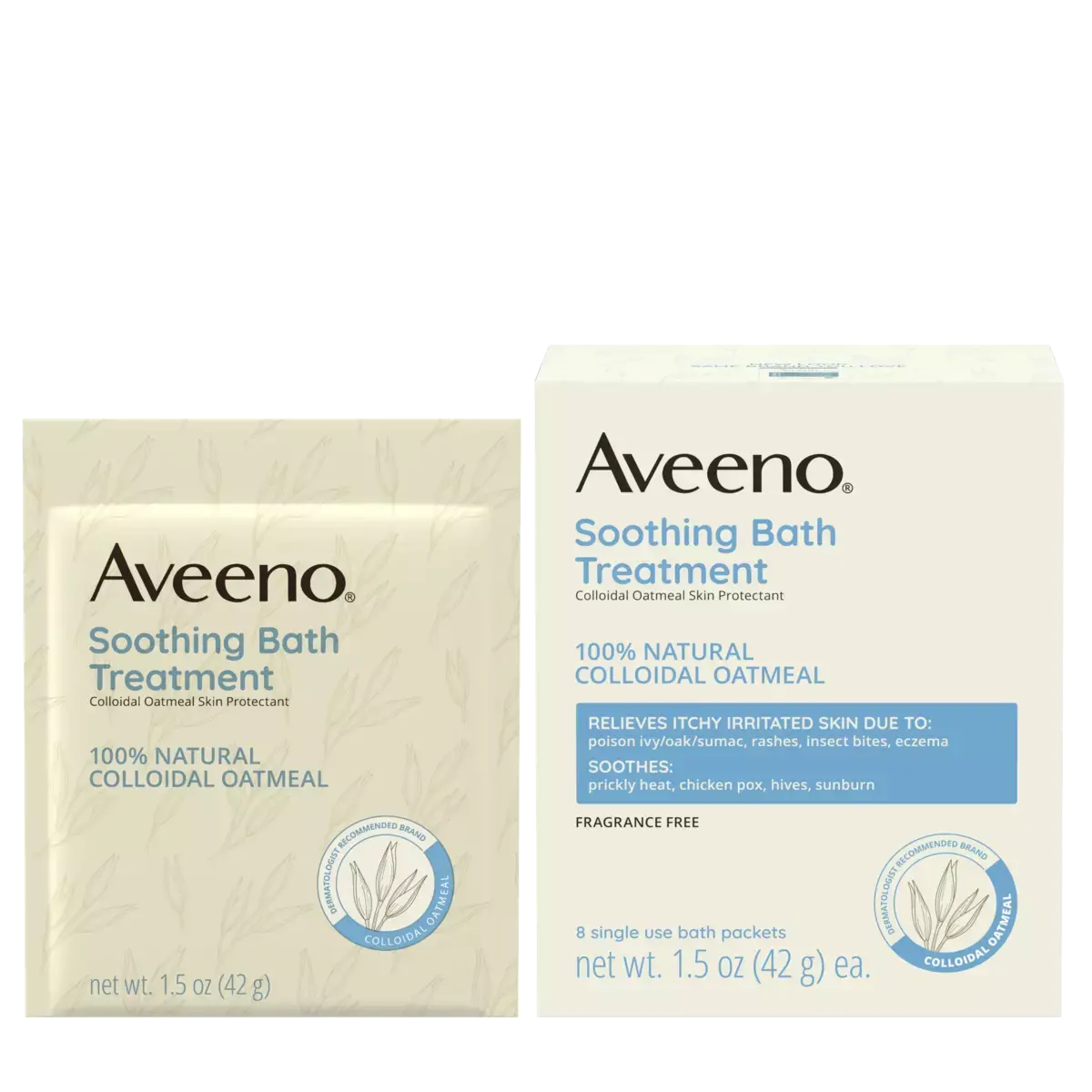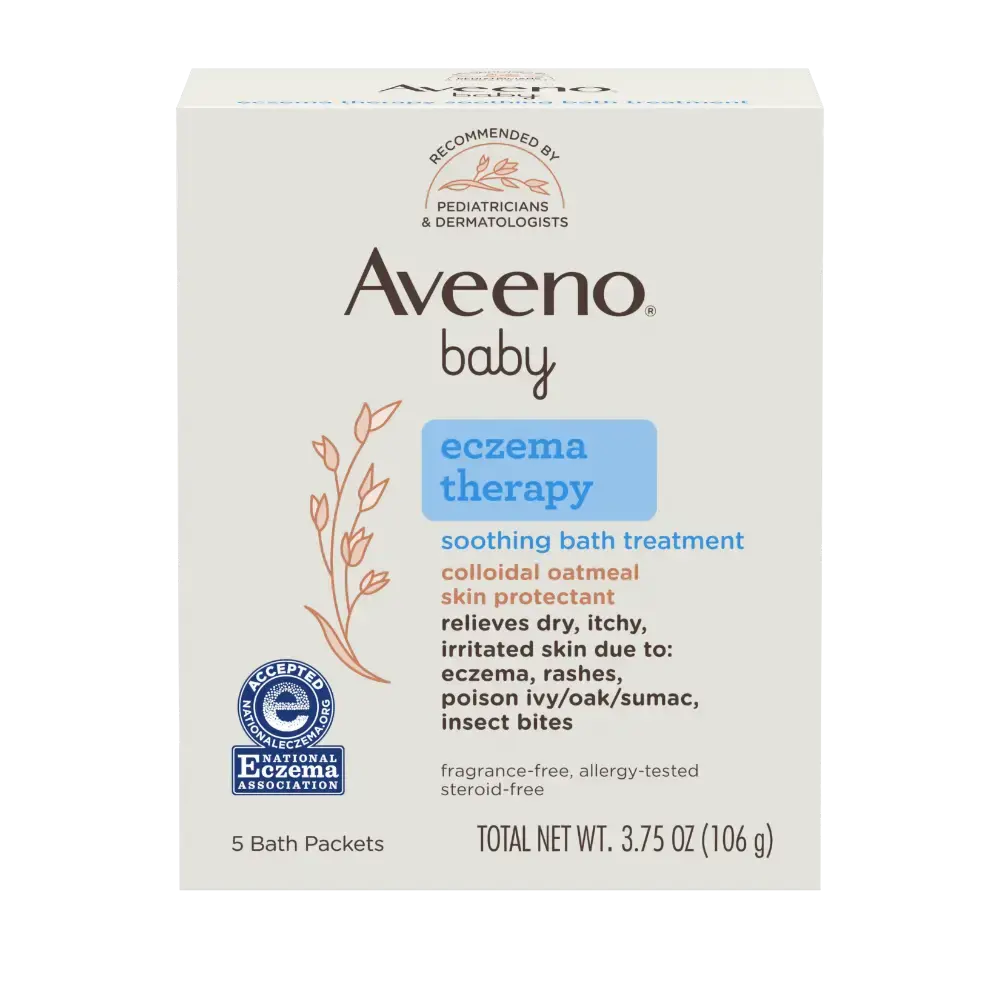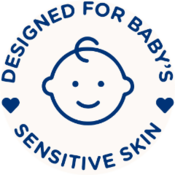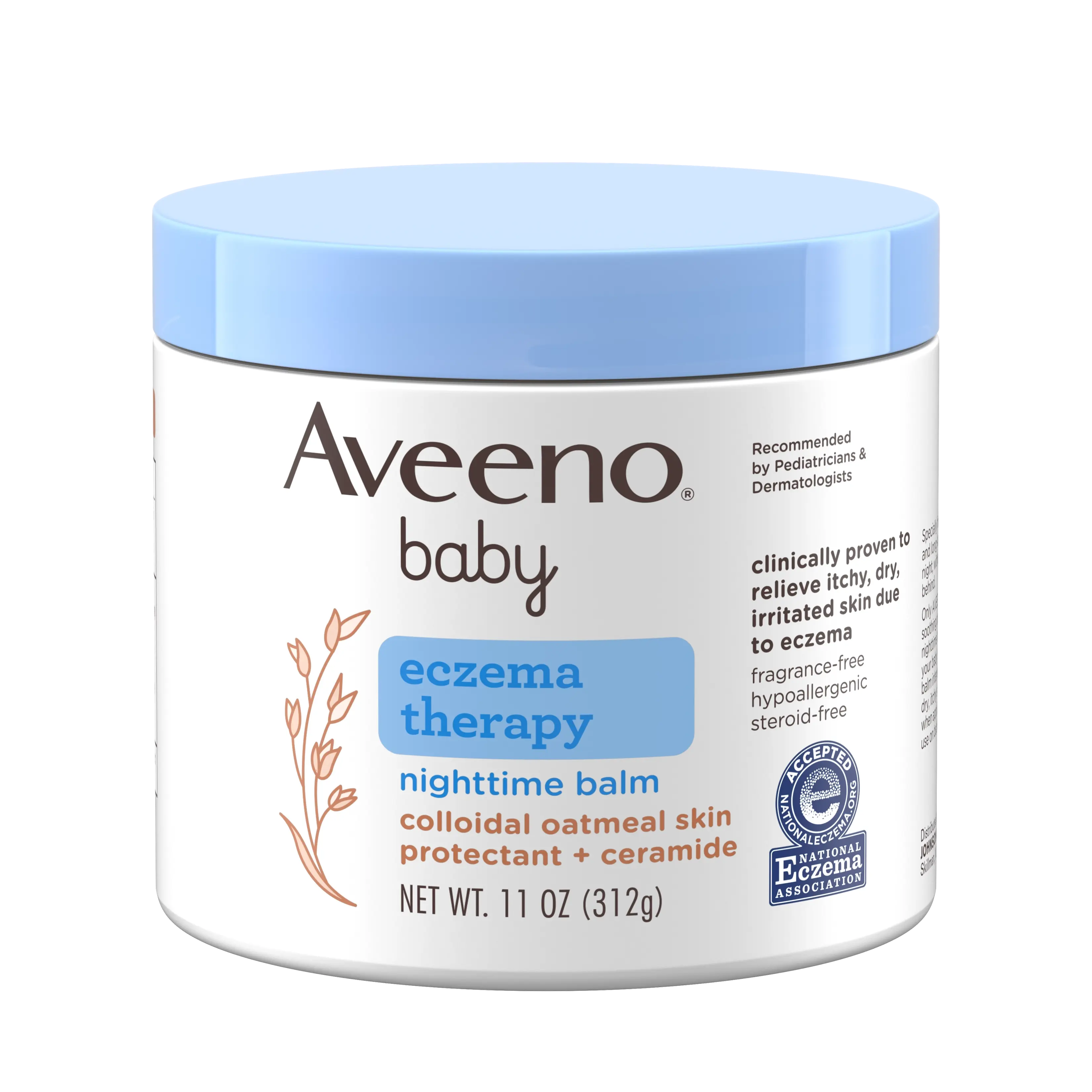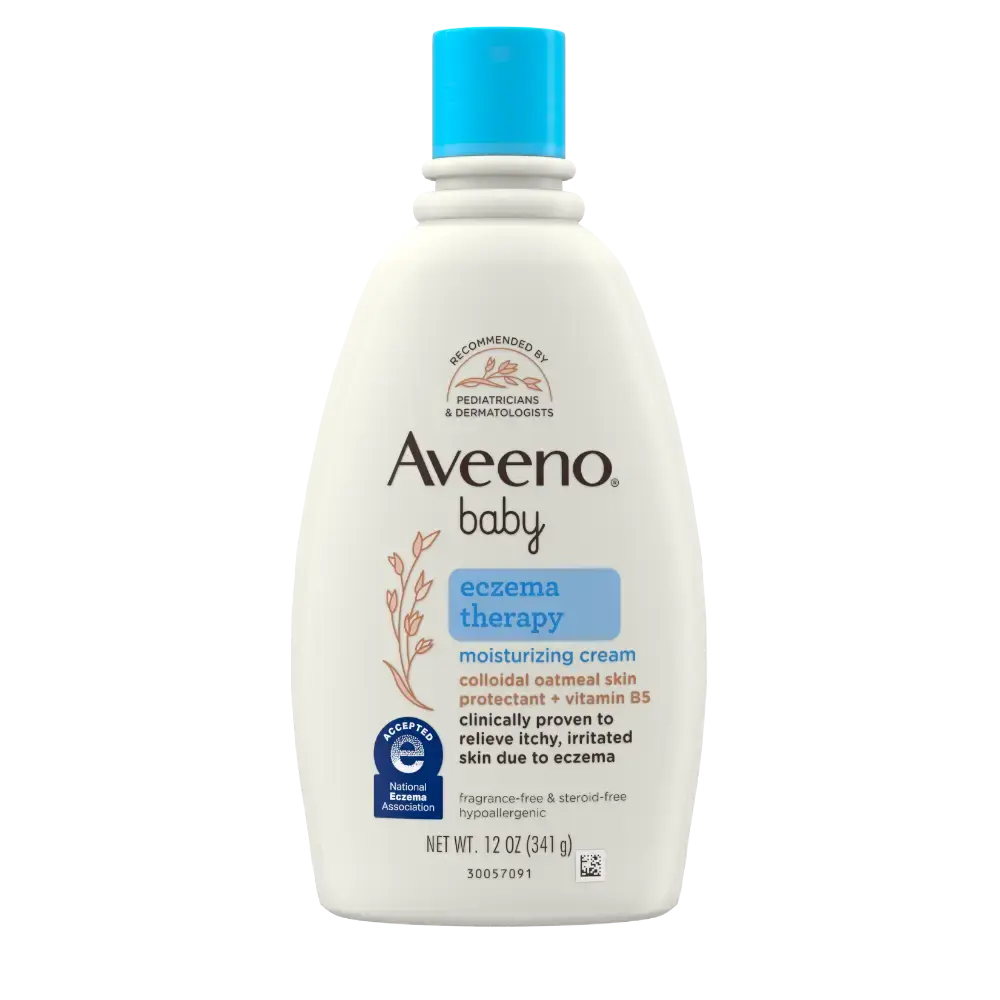Eczema In Skin Of Color
If you think you may have eczema – take our quiz to help recognize common eczema symptoms and schedule an appointment with your healthcare provider.
At Aveeno, we are committed to advancing skin health equity and advancing eczema awareness and education gap in skin of color.
Eczema is the second most frequent skin disease to affect African Americans, but experts believe it may be underdiagnosed. This is due in part to the fact that historically, physicians have been trained primarily to diagnose eczema on white skin. In fact, a recent study found that less than 5 percent of the images in general medicine textbooks showed conditions on darker skin and the standard outcome measures used have poor reliability and validity in patients with very dark skin, making it even more difficult for doctors to recognize and diagnose on skin with more pigment.
People of color are also half as likely as white patients to see a dermatologist for the same conditions. Black children with eczema are 30 percent less likely to see a doctor for their eczema than white children, and those who see a doctor tend to have more visits and receive more prescriptions than white children, indicating more severe disease.
While organizations like the National Eczema Association, American Academy of Dermatology and Skin of Color Society are making inroads to increase awareness, education and improve barriers to care, it’s imperative everyone, regardless of color, be proactive in their own skin care, Becoming knowledgeable about your symptoms and being able to explain to your healthcare provider in detail what you’re experiencing will be helpful in your diagnosis.
How is Eczema Different in Skin of Color?
Eczema can look quite different on darker skin tones. Eczema is commonly thought of as a red, dry, and itchy rash – how it appears on lighter skin tones. But redness can be a challenge to detect on darker skin tones which may make diagnosis more difficult.
On darker skin, patches may appear darker than the rest of the skin, looking purple, ashen grey, or dark brown.
A major concern for black skin is the discoloration associated with eczema. Researchers believe black skin with eczema has higher levels of inflammation. The scratching secondary to the irritation, look of redness and itch of eczema can lead to discolorations, in which an area is lighter or darker than the surrounding skin. This discoloration can last for months, even after the eczema is treated.
Given the tendency to develop long-lasting pigmentary changes in skin of color, it’s important to diagnose and treat atopic dermatitis early and aggressively.
If you think you may have eczema – take our quiz to help recognize common eczema symptoms and schedule an appointment with your healthcare provider.
When examining your skin, your healthcare provider will look for an area of unimpacted skin first – skin without lesions, to determine the difference in color and texture compared to areas where you have active symptoms.
Studies have shown that melanin-rich skin does not retain as much water as lighter skin tones, which means that in general, black people are more likely to have dry skin. Although eczema can be found anywhere on the body, eczema on black skin is often found on the fronts of the arms and legs.
Other signs to look for:
Very dry or scaly skin
Intense itching
Skin thickening (lichenification)
Dark circles under the eyes
Small bumps on torso, arms, or legs (called papular eczema)
Bumps that develop around hair follicles and resemble goosebumps (called follicular accentuation)
Eczema in Children of Color
In the US, 20% of African American children have some form of eczema usually developing during infancy and early childhood. The risk for severe atopic dermatitis (AD) may be 6 times higher in black children compared to white children and is also thought to be more treatment-resistant.
Although AD severity improves for some patients in adolescence, it can be a lifelong issue affecting performance in school. One US study found that black children were 1.5 times more likely to be absent 6 days over a 6-month period compared to white children.
ADDITIONAL RESOURCES
American Academy of Dermatology (AAD) The AAD website provides a search tool that you can use to find a board-certified dermatologist in your area.
Skin of Color Society (SOCS) – The SOCS aims to raise awareness and champion excellence in the treatment of dermatologic conditions in skin of color. The SOCS website provides an extensive searchable list of providers.
National Eczema Association. The National Eczema Association website also has a search tool that you can use to find a doctor or other healthcare professional in your area who specializes in treating eczema.


